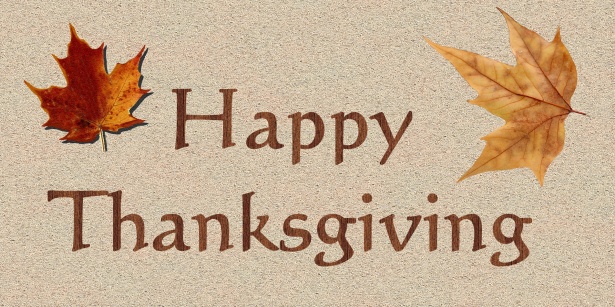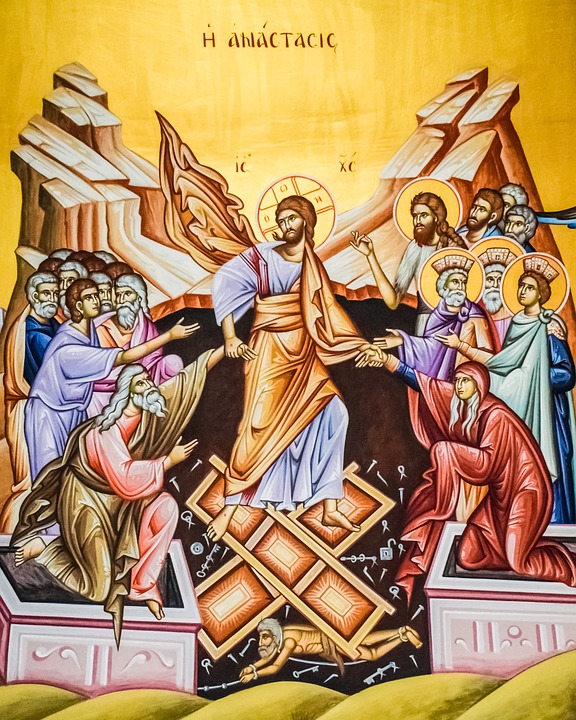And when the Sabbath was past, Mary Magdalene, and Mary the mother of James, and Salome, bought spices, so that they might go and anoint Him. And very early on the first day of the week they went to the tomb when the sun had risen. And they were saying to one another, “Who will roll away the stone for us from the door of the tomb?” And looking up, they saw that the stone was rolled back—it was very large. And entering the tomb, they saw a young man sitting on the right side, dressed in a white robe; and they were amazed. And he said to them, “Do not be amazed; you seek Jesus of Nazareth, who was crucified. He has risen, He is not here; see the place where they laid Him. But go, tell His disciples and Peter that He is going before you to Galilee; there you will see Him, as he told you.” And they went out and fled from the tomb; for trembling and astonishment had come upon them; and they said nothing to any one, for they were afraid.
Mark 16: 1-8
(Second Eothinon Gospel)
Christ is Risen!
Today’s Gospel passage is the second of the eleven “Eothina” Gospel readings and is the Gospel we read at the Resurrection service on Pascha. This is one of my favorite Gospels, and I am so glad we get to read it in church once every eleven Sundays throughout the church year. It will also be read on the second Sunday after Pascha, the Sunday of the Myrrh-bearing women.
In this Gospel passage, there are three women—Mary Magdalene, Mary the mother of James and Salome—who go to the tomb early in the morning. (Matthew named two.) We are told the Sabbath had passed and the sun had not yet risen. This is where we get the tradition of celebrating the Resurrection at midnight, after Saturday is over and before the sun comes up on Sunday. Because the Jews had the Sabbath ending with the sun going down, it is possible that the Resurrection could have occurred shortly after sunset on Saturday, all the way until shortly before sunrise on Sunday. It wasn’t necessarily at the stroke of midnight.
The three women were going to anoint the body of Jesus with spices, according to the Jewish rites of burial. I often think of the journey of the three women—in the cold and dark of the night. Undoubtedly there would have been patrols of soldiers in a city filled with unrest and over-filled with people who had come for the Passover. If walking through a dark and chaotic city wasn’t worrisome enough, the women wondered who would roll away the large stone from the door of the tomb for them, and they probably wondered how they would deal with the Roman soldiers who were guarding the tomb as well. Yet, they were undaunted and continued their journey, putting their trust in God to provide help, as well as safe passage.
Upon arriving at the tomb, they see a young man sitting on the right side, dressed in a white robe and they are amazed. (For those who are interested in the study of how we do services in our church, these eleven “eothina” Gospels are read on a rotating basis each Sunday at the Orthros, or Matins, service. These Gospels are traditionally read from the right side of the altar table, imitating the angel on the right side of the tomb). The young man, an angel, tells them that Jesus is not there, but has risen. He invites them to not only hear his words but to see the place where Jesus had laid. He tells them, in the same way that we hear in Matthew’s Gospel, that Jesus is going to Galilee and they will see Him there.
The women are to be applauded for their courage, making the journey through the darkness and hostility of the night, to go to the tomb. And even though the passage ends on what appears to be a down note, they were afraid and said nothing to anyone, it is hard to fault them for a very human response. What they witnessed, the empty tomb, was something that no human being had ever experienced. How could anyone comprehend that someone who had been tortured and killed could come back to life! No doubt they were trembling and astonished. And perhaps they worried who would believe them, and thus said nothing to anyone. I don’t think they said nothing because they disbelieved. I believe they needed to process the “cosmic” event that had unfolded in front of them.
I find this Gospel very inspiring. Every time I read it, either in church or in private devotion, it takes me back to the joy of the Resurrection service, and those beautiful words of the angel “He is risen, He is not here, see the place where they laid Him.”
These brief verses of scripture combine faith, witness and joy along with human fear. The good news is that fear didn’t stop the women from going to the tomb. And after getting over their initial fear, it didn’t stop them from spreading the Good News of the Resurrection.
When the women came with Mary bearing sweet spices and pondered how to obtain their desire, they saw the stone rolled away and the divine youth who calmed the tumult of their souls. The Lord Jesus is risen, he said. Therefore, proclaim this to His heralds, the disciples, and tell them to hasten to Galilee, and they shall see Him risen form the dead as the Giver of Life and Lord. Eothinon Doxastikon Two, Trans. by Holy Cross Seminary Press, 1991)
Live in faith, and not fear, today!



